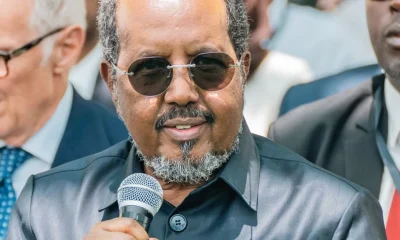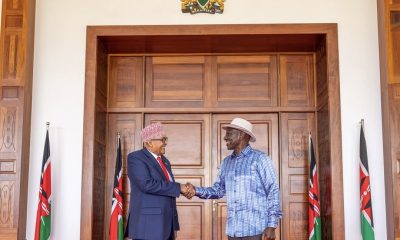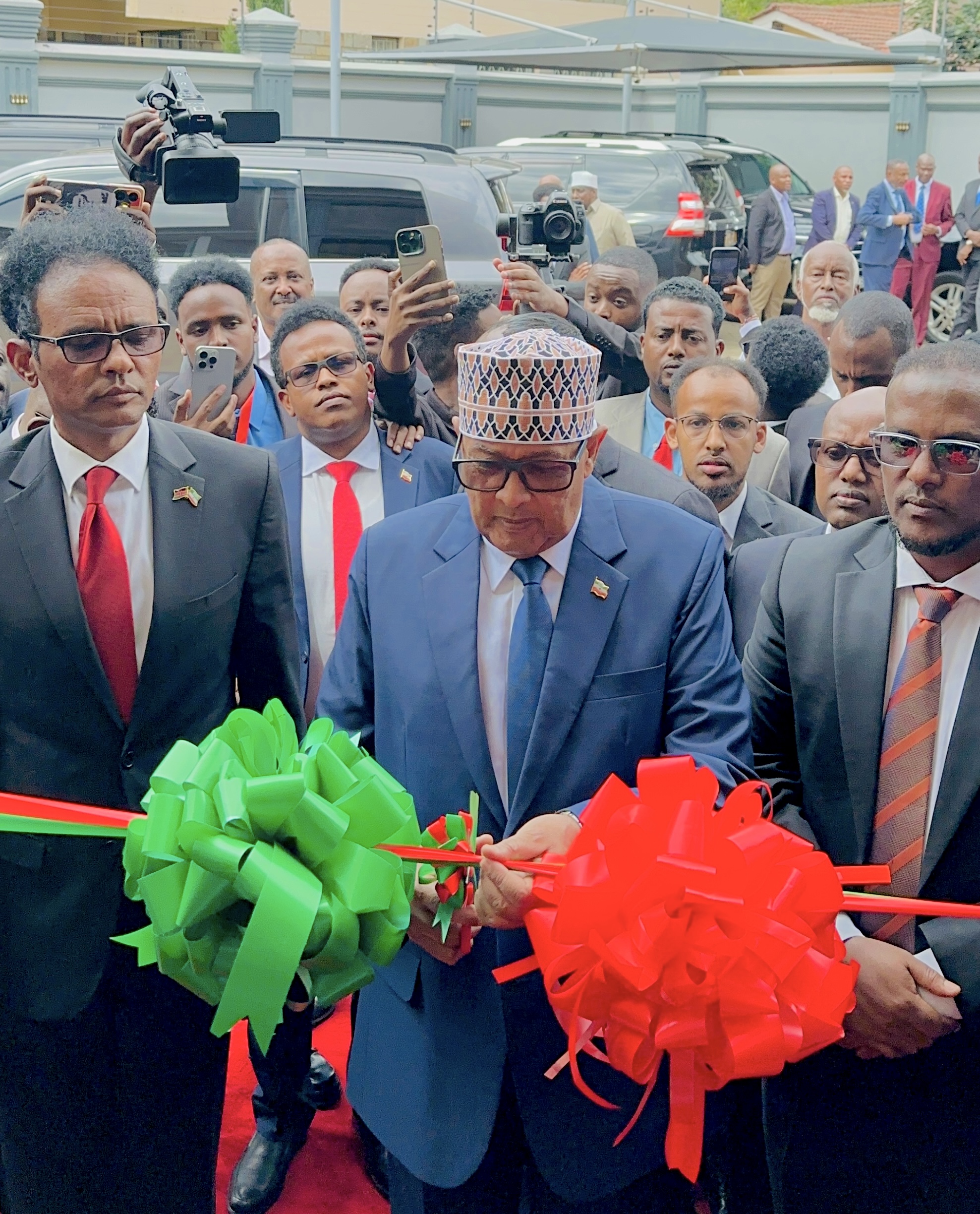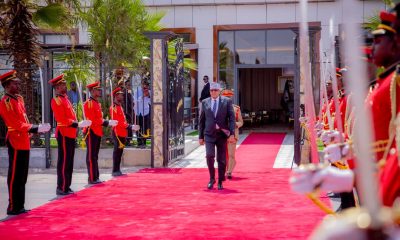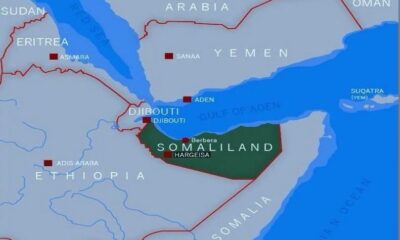Africa
Explaining the Somalia-Somaliland Conundrum
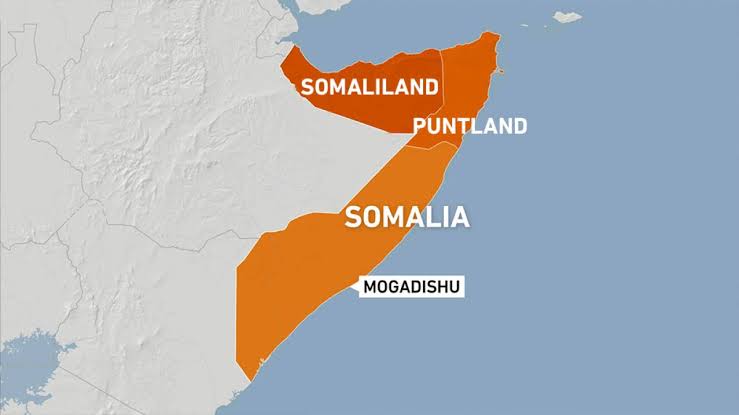
By Adam Kungu
Somaliland has never been part of a country called Somalia. It is actually the 12th African nation to become independent from the colonial rule with an official Royal Proclamation of her Majesty Queen Elizabeth II, meaning Somaliland became independent way before 42 African countries.
In fact, soon after Somaliland’s independence from the British rule on June 26, 1960, 34 countries recognized it as an independent state, including members of the United Nations (UN) Security Council, but after only 5 days, the people of Somaliland voluntarily decided to unite with their neighbour, Somalia which had just got independence from Italy, to create the Somali Republic – a union deemed illegal as it was never formally ratified as law.
Immediately after this unlawful union, challenges arose due to stark differences between the two united countries, leading to an attempted coup d’etat in 1961 by Somaliland officers with the goal to withdraw from the Union and reclaim Somaliland as an independent state.
These disparities encompassed distinct formal languages, legal systems, security structures, civil service laws, and currencies. This evident divergence highlighted the inherent unsustainability of the Union from its inception.
A couple of years before the Union, Italian legal experts drafted the Somalia Constitution and finalized the Constitution. Somaliland politicians and lawyers had virtually no chance to make even marginal changes in the draft.
Then, on the 20th of June 1961, a referendum was held to cement the constitution of the Somali Republic. However, the people of Somaliland rejected overwhelmingly with major cities in Somaliland like Hargeisa, Burao, Berbera, and Erigavo, all opposed with 70% plus rejection.
Then, the 1969 military coup happened. This 21-year rule by the Siad Barre Regime in Somaliland exacerbated the already dire situation created by Somalia, further complicating the socio-political landscape in the region.
This initiated a relentless struggle by the people of Somaliland to regain their independence. This pursuit has exacted a significant toll, marked by atrocities such as a genocide, resulting in the tragic loss of over 200,000 innocent civilians through brutal killings, rapes, and targeted attacks.
From 1960 to 1991, Somaliland endured an unlawful occupation, including the Isaaq genocide. However, through a protracted armed struggle, the resilient people of Somaliland valiantly liberated themselves, ultimately reclaiming their independence in 1991.
Since then, Somaliland has been independent and is considered one of the most successful nations on many fronts, including democracy. The country has its own flag, currency, passport, government system, public institutions, and national army, which fully controls its territory.
It it considered the most democratic and politically stable nation in East and Central Africa, according to Freedom House.
Somaliland has had a series of democratic elections since 1991, which international observers have termed as free, fair, and credible. 5 different Presidents have been elected since then, and at some point, an incumbent lost an election, a rare trait in Africa’s politics.
The writer is a Ugandan Journalist.
Kenya Insights allows guest blogging, if you want to be published on Kenya’s most authoritative and accurate blog, have an expose, news TIPS, story angles, human interest stories, drop us an email on [email protected] or via Telegram
-

 Business2 weeks ago
Business2 weeks agoIt’s a Carbon Trading Firm: What Kenyans Need to Know About Spiro’s Business Model Amid Damning Allegations of Predatory Lending
-
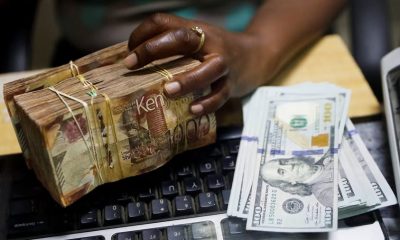
 Business2 weeks ago
Business2 weeks agoManager Flees Safaricom-Linked Sacco As Fears Of Investors Losing Savings Becomes Imminent
-
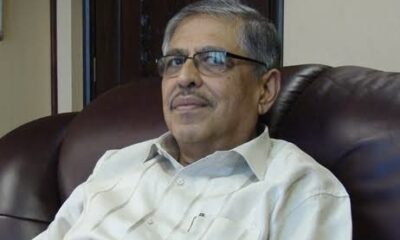
 News2 weeks ago
News2 weeks agoWoman Accused in High Defamation Blames AI As Case Exposes How Mombasa Billionaire Mohamed Jaffer Allegedly Sponsored Smear Campaign Linking Joho’s Family To Drug Trafficking
-

 Investigations5 days ago
Investigations5 days agoBillions Stolen, Millions Laundered: How Minnesota’s COVID Fraud Exposed Cracks in Somali Remittance Networks
-
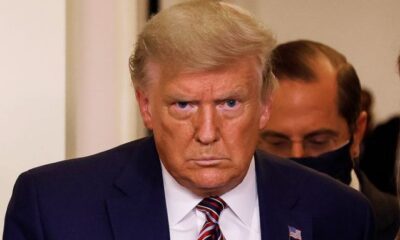
 News6 days ago
News6 days agoUS Moves to Seize Luxury Kenya Properties in Sh39 Billion Covid Fraud Scandal
-

 Investigations2 weeks ago
Investigations2 weeks agoIntelligence Report Links Budding Politician James Mabele Magio To International Scammers Ring
-

 Investigations5 days ago
Investigations5 days agoJulius Mwale Throws Contractor Under the Bus in Court Amid Mounting Pressure From Indebted Partners
-
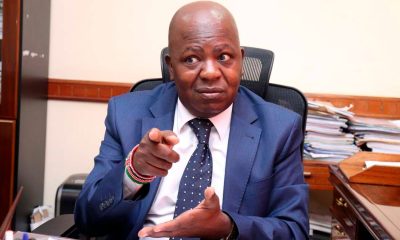
 News6 days ago
News6 days agoMAINGA CLINGS TO POWER: Kenya Railways Boss Defies Tenure Expiry Amid Corruption Storm and Court Battles

